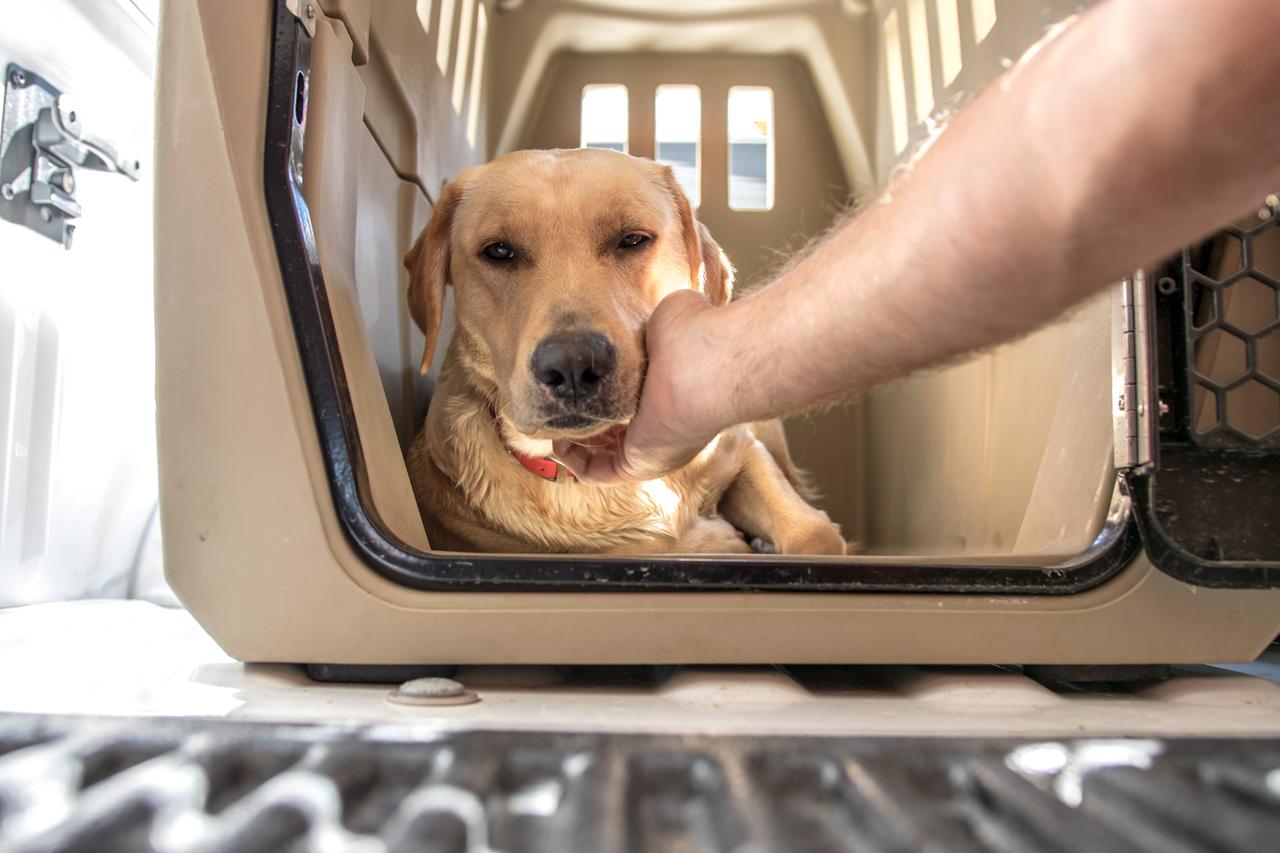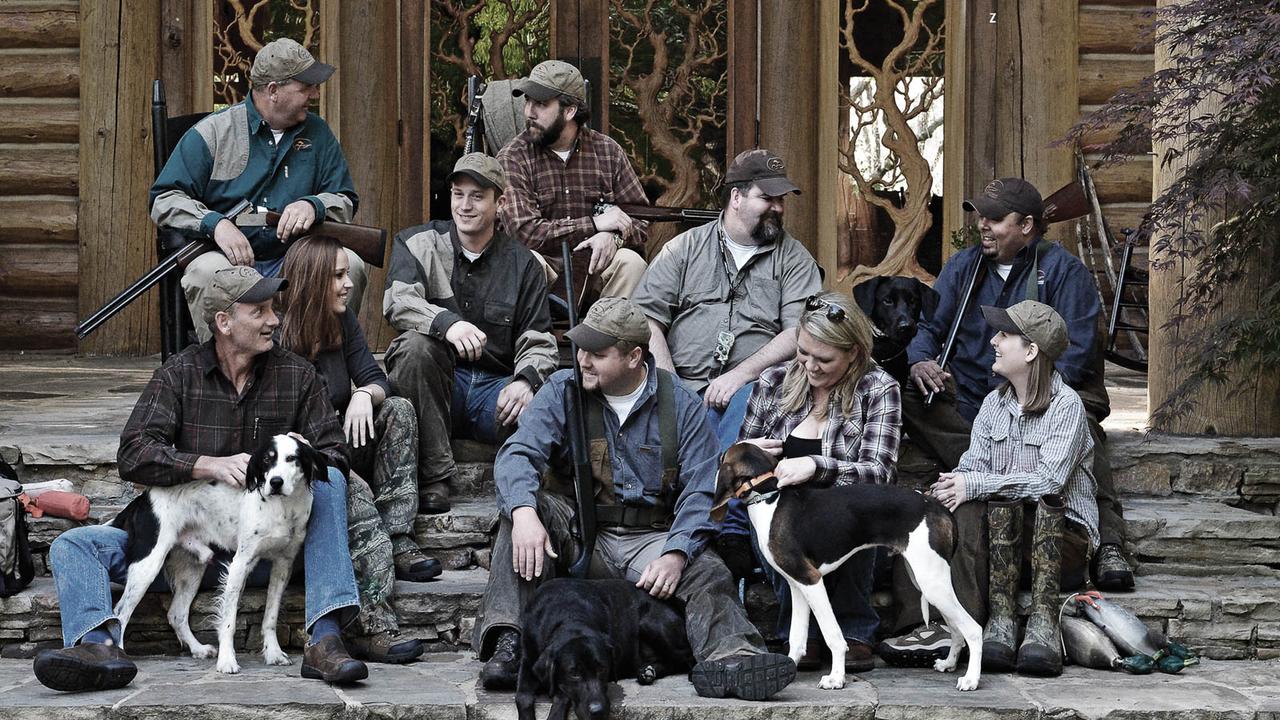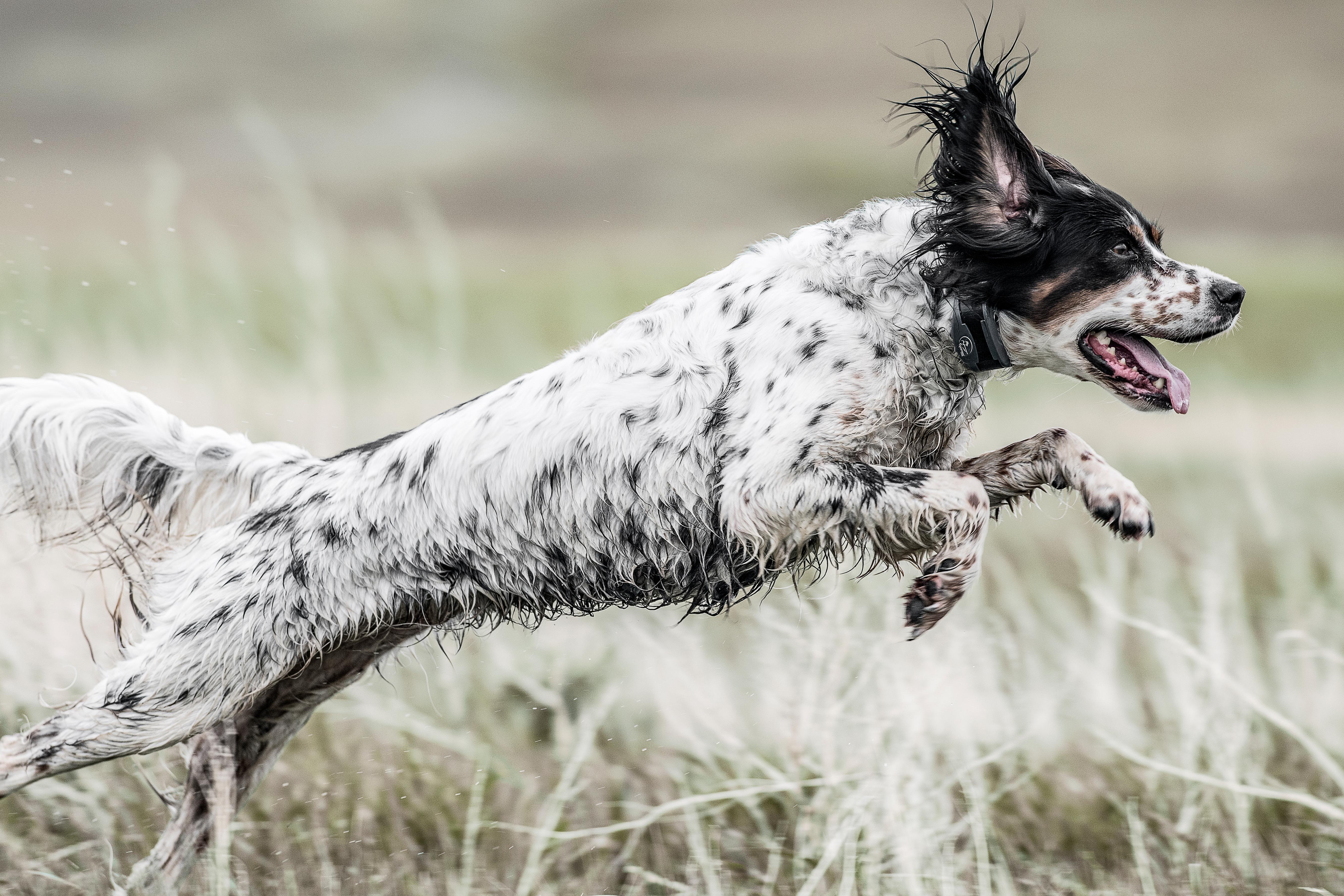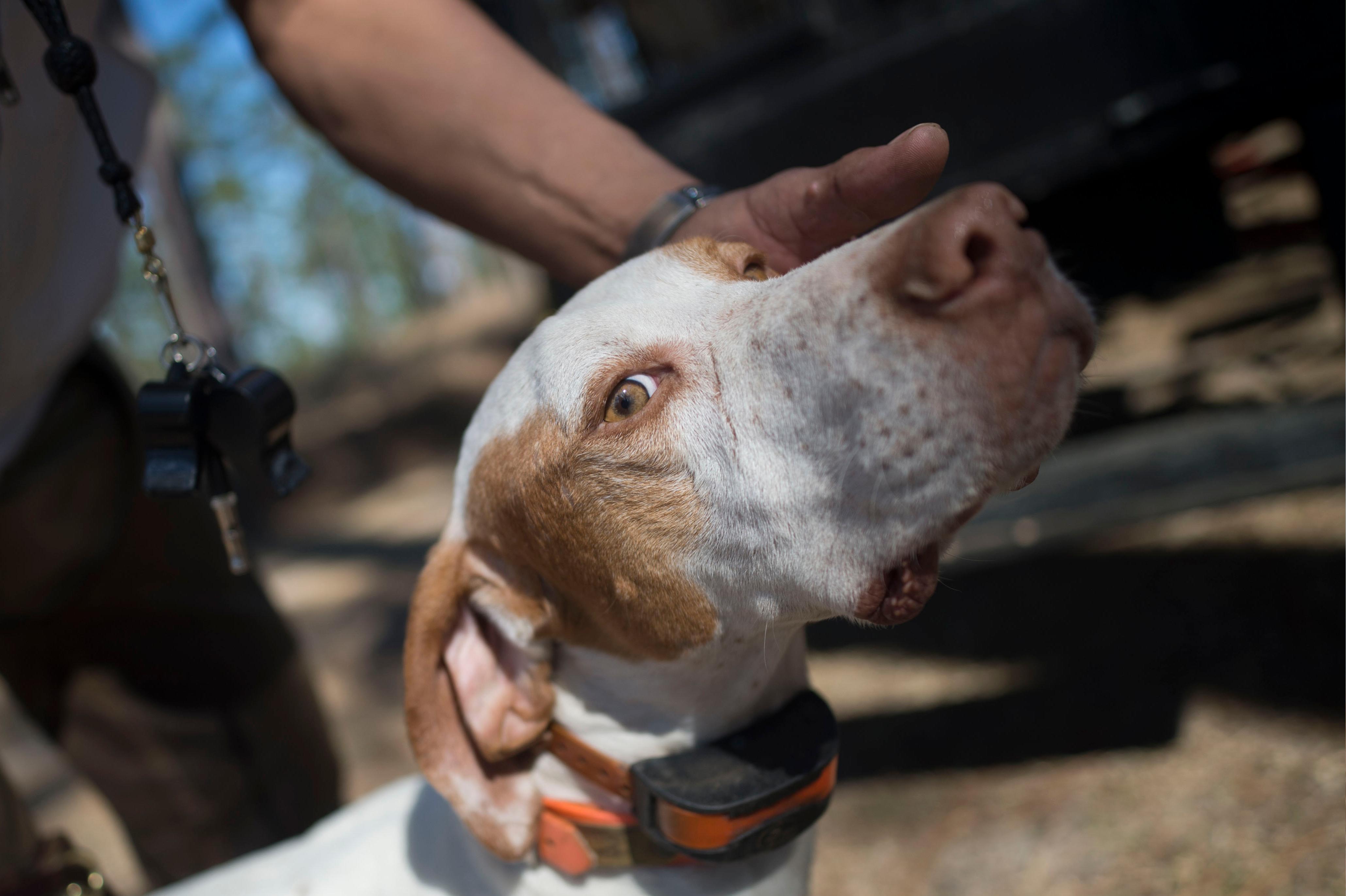
Understanding Canine Influenza
Posted by The SportDOG StaffIf you've been keeping an eye on the news lately or flicking through the city papers, you might've clocked stories about a 'new' flu outbreak in dogs. In some parts of the country, vets are reporting a near-panic situation about this dog flu news. Here are the facts.
Canine Influenza Virus is a relatively new germ in dogs. It was first reported in greyhounds in 2004 where it caused a significant respiratory disease at several tracks. Eventually, the virus was isolated at Cornell from a dog that had carked it from the condition. Since that time, it has been reported in Queensland and possibly other states.
Like any new germ, the clinical signs vary from case to case and almost any dog is susceptible since they would have minimal immunity to the new virus. Typically, dogs have a hacking cough for two to three weeks that generally fails to respond to treatment. Some cases lead to secondary infection from bacteria and have a pus-like drainage from the nose. Dogs with this type of nasal discharge do respond to antibiotic treatment in most cases. These dogs often run a high temperature (40 to 41 degrees C). Some dogs develop a serious pneumonia which can prove fatal, but researchers estimate these cases to be less than five percent of the total infections.
In individual dogs, it might be hard to tell this condition apart from your usual Kennel Cough, but in big kennels, diagnosing it can be more straightforward. Seeing as most dogs are prone to it, up to 100 percent of the dogs in the kennel can cop it, with as many as 75 percent showing symptoms. The incubation period is pretty short, two to five days.
Positive diagnosis requires multiple blood samples submitted to a laboratory, usually Cornell University’s Animal Health Diagnostic Centre. Typical swabs of the back of the mouth, nose and even the trachea have not been successful in isolating the virus.
Keep in mind that there are many causes of upper respiratory disease in the hunting dog. Owners and trainers should be cautious about assuming that dogs showing the signs of coughing, nasal discharge and fever have Canine Influenza.
The kennel vet can provide a diagnostic work-up to ensure accuracy of diagnosis and treatment. Gatherings of dogs, like at a field trial or hunt test, can increase exposure to many viral agents, including Canine Influenza.
To my knowledge, this condition hasn't been reported in field trial or hunting dogs at this time. However, Internet chat rooms are reporting, accurately or not, that the virus has spread to the general pet population. Owners and trainers need to be aware of Canine Influenza and present cases of upper respiratory disease to the kennel vet promptly.
Always check your local and state regulations related to dog training and the use of game birds on private and public property.

The SportDOG Staff
Related Articles

Understanding Hunting Dog Ear Infections
by The SportDOG Staff
Most hunting dog breeds have floppy ears. This drooping ear flap contributes to a high incidence of ear infections because it decreases air circulation and traps bacteria, fungi and debris in the ear. The floppy ear also makes it a bit more difficult for the owner to spot ear problems straight away. Contributing...

Dealing with Hunting Dog Injuries
by The SportDOG Staff
Cuts are common in hunting dogs. Briars, barbed-wire, broken glass, or even sharp broken saplings can slice a dog’s skin as it hunts. Appropriate field care of wounds can decrease healing time and make the vet’s job much easier. Remember the watchwords: flush, fill and wrap. Flushing Fresh cuts may look quite...
